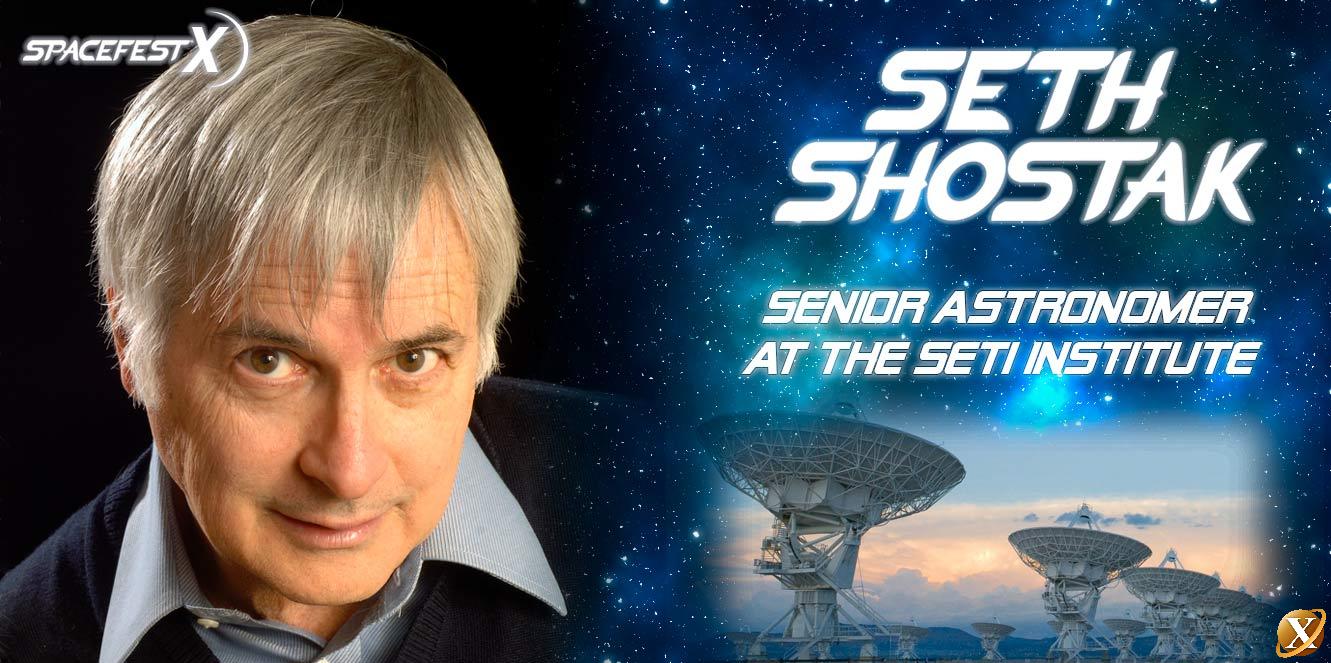= ASTRONAUTICAL EVOLUTION =
Issue 150, 1 November 2019 – 50th Apollo Anniversary Year
| Site home | Chronological index | Subject index | About AE |
The Destiny of Civilisations – A Problem for SETI
Betting on alien contact
Well-known SETI astronomer Seth Shostak has claimed that he expects the SETI enterprise to succeed very soon in intercepting a message from an extraterrestrial civilisation. In 2017 he bet everyone a cup of coffee that evidence of intelligent aliens would be discovered within 20 years.
I cannot reconcile this claim with the nature of civilisation as we know it from our experience of human life on Earth. Dr Shostak must therefore be using a different model of civilisation. In this post I would like to ask what his reasons might be for choosing a more speculative model.
Even more than low-tech civilisations of the past, present-day industrial civilisation on Earth is clearly in an unstable state. On the one hand, it is under threat from a variety of possible natural disasters, including asteroid impact, supervolcano eruption and solar variations, as well as from artificial disasters, including uncontrolled industrial pollution, world war, economic collapse, political degeneration and, some fear, rogue technologies. The presence of such dangers threatens to cause civilisation to collapse and revert to a pre-industrial stage on a timescale on the order of a thousand years.
On the other hand, the internal collaborative and competitive forces driving industrial civilisation towards further economic growth and technological progress, combined with the large untapped material and energy resources available elsewhere in the solar system, suggest that our currently global civilisation is likely to grow to an interplanetary one within the next thousand years, and an interstellar one within the next few thousand years.
The human future must therefore go one of two ways: it will ultimately settle in a more stable state which is either low-tech or high-tech relative to the present day. Its destiny on a millennial timescale will resemble either Game of Thrones, or Star Trek. I shall refer to this as a dynamic model of civilisation.
On this model, interstellar expansion produces a population of related civilisations. It is this multiplicity of offspring that gives the population as a whole its long-term resilience. By natural selection, that population must necessarily become dominated by those cultures which have the greatest expansionist drive, a point which remains true whether a given culture’s decision-making processes are dominated by organic intelligence (brains), or manufactured intelligence (machines), or a symbiosis of the two. The result is therefore that the progeny of the original civilisation spread out and colonise the planetary systems of all main-sequence stars in our galaxy within a period of time no greater than a few tens of millions of years, thus a few per cent of the lifetime of the galaxy to date.
Think of dipping a cup into the ocean: wherever in the world you take a sample, the water will be teeming with microorganisms. The ability of planetary systems to support industrial life is analogous to that of the ocean to support microbes: in both cases, they’ll quickly get everywhere.
Betting on an absence of alien contact
But if this dynamic model is used as a general template for civilisations throughout the galaxy, the probability of SETI detecting a signal is very low.
SETI can only detect a signal if there exists a nearby alien civilisation at a level of development similar to our own at the present day, and which we are able to catch in the window of time between its first developing radio astronomy, and either its subsequent collapse or else its subsequent arrival in colony ships in our own planetary system. This time window is narrow compared with the total time available, and this narrowness forces down the probability of such a coincidence to a low value.
In a recent paper in JBIS I made an estimate of this probability in the context of the METI debate (in which Dr Shostak was also a participant). Based on a dynamic model of societies in the galaxy, I concluded that the maximum defensible probability of finding an interstellar conversation partner (or an interstellar invasion force) anywhere within a 500-light-year radius of the Sun at the present time was around one in a million, if all the factors involved were maximally favourable to their existence, or else less than one in a million.
SETI optimists such as Dr Shostak are clearly using a different model, which I shall refer to as a static model of civilisation.
For example, David Brin – another participant in the METI debate – wrote: “let’s (for now) make standard SETI assumptions – that the Others out there are at least benign, probably altruistic, not engaged in extensive colonization and interested in communicating with newcomer sapient species like us. Posit also that they are very long-lived.”
According to the dynamic model, a civilisation which is long-lived must necessarily be engaged in extensive colonisation; one which is not so engaged must be short-lived, with a duration limited to thousands of years. These conclusions follow from the observed pressures, towards both growth and decline, acting on our own civilisation at the present epoch. Such a picture contradicts Brin’s “standard SETI assumptions”, hence the need for an alternative, more static, model.
A static model would assume that a civilisation can maintain an active interest in its galactic environment through observational astronomy, together with the necessary industrial base, while at the same time refraining from physical access to that environment for scientific work, or for economic use of its resources, on timescales of millions to billions of years. Given the pressures, internal and external, described above, and given the commonality of basic science and technology for both radio astronomy and spaceflight, this would appear to be an unlikely balancing act.
My question to Dr Shostak and his colleagues is therefore this: what grounds, if any, do you have for expecting the static model to apply to extraterrestrial industrial civilisations, rather than the dynamic model?
A clash of concepts
The answer seems to come from an interview a couple of years ago with Syfy.com. The questioner asked whether SETI might have missed signals, perhaps ones which more advanced technology might have been able to detect. Dr Shostak replied:
“I’m sure we’ve missed signals. I’m sure there’s signals coming from somebody that we’re totally unaware of because we’re not aiming the big antenna in the right direction, tuned to the right frequency, and all that sort of stuff. I mean we can easily miss that. The universe is 13 billion years old, right? There’s been plenty of time for intelligence to pop up on lots and lots of worlds out there, and there’s lots of them that are older than the Earth, so they may have a tremendous head start. So yeah, I’m sure we’ve missed a lot of clues.”
The implication seems to be clear enough: because there are no signs of extensive alien industrialisation in our part of the galaxy, including our own solar system, some sort of static model of civilisation must apply. After all, surely we know that industrial aliens not only exist, but have existed long before our own species evolved?
But of course we don’t know those things at all! The time taken for life to first emerge from inanimate chemistry and establish itself on Earth-like planets is so far completely unknown (as Paul Davies stresses in chapter 2 of his recent book, The Eerie Silence). If that time turns out to be around nine billion years, then humanity could easily have been first to industrialise in our galaxy or even in the observable universe.
Or it could have been a shorter time, but the likelihood of a species industrialising might be less than would be expected from the single example of which we know. Without science and industry, an extraterrestrial species remains undetectable at the present time. There are simply too many unknowns to be dogmatic: maybe detectable alien civilisations exist in our galaxy, maybe they don’t.
Meanwhile the dynamic model of the destiny of civilisations is firmly based on what we know of our own species and civilisation, and of biological evolution in general. The correct scientific procedure must therefore be to use this knowledge to constrain our speculations about the frequency of industrial life in the galaxy, rather than to use the speculations to set that knowledge aside.
References
S. Ashworth, “Quantifying the Assumptions Behind the METI Debate”, JBIS, vol.69, no.12, December 2016, p.419-28.
D. Brin, “The Search for Extra-Terrestrial Intelligence (SETI) and Whether to Send ‘Messages’ (METI): A Case for Conversation, Patience and Due Diligence”, JBIS, vol.67, no.1, January 2014, p.8-16, on p.10.
Paul Davies, The Eerie Silence: Searching for Ourselves in the Universe (Penguin, 2010).
To make comments, please visit this post on Wordpress.
| Site home | Chronological index | About AE |


